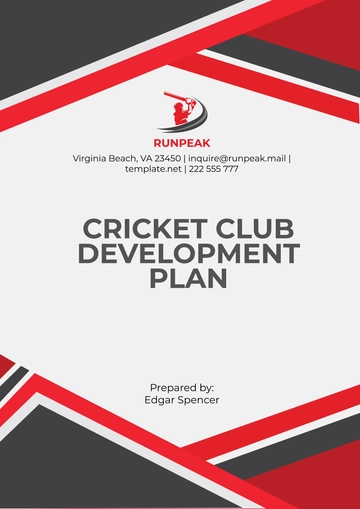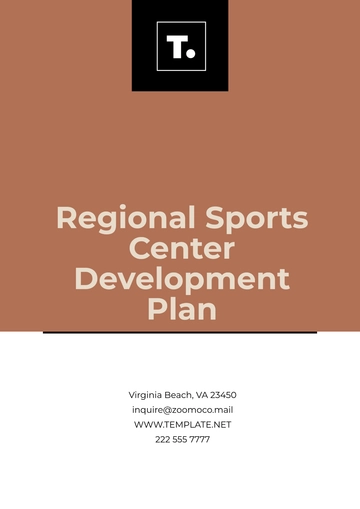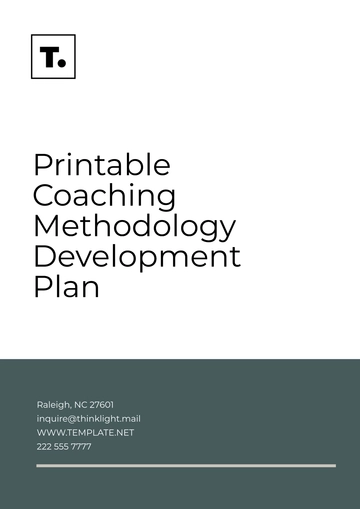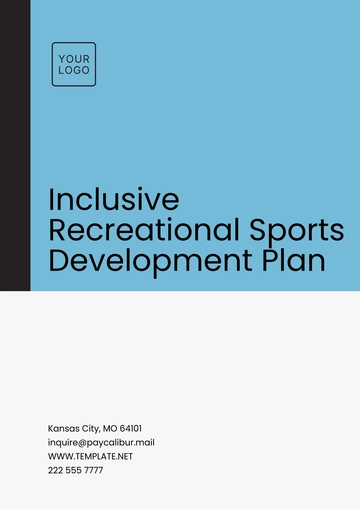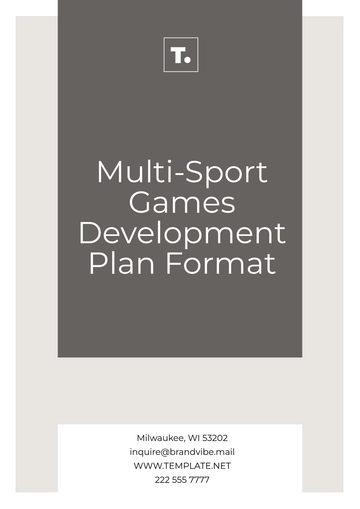Private School Business Development Plan
Executive Summary
The [Your Company Name] aims to provide an exceptional educational experience in a nurturing environment, focusing on academic excellence, character development, and preparation for future success. This development plan outlines strategies for growth, student recruitment, curriculum development, financial sustainability, and community engagement. Our goal is to build a school that is highly regarded for its commitment to quality education and personal growth, meeting the needs of students and families in the surrounding community.
1. Mission and Vision
Mission:
To provide a transformative educational experience that cultivates intellectual curiosity, character development, and social responsibility, preparing students for success in college and beyond.
Vision:
To be a leading institution that nurtures the minds of tomorrow’s leaders, offering a holistic education that supports academic, emotional, and social growth.
2. Market Analysis
Target Market:
Primary: Parents seeking quality education for their children, especially those interested in a balanced approach to academics, sports, and arts.
Competitive Landscape:
The private school market is growing, with numerous institutions offering similar services. However, [Your Company Name] will differentiate itself through:
Holistic curriculum integrating STEM, arts, and character education.
Smaller class sizes for more personalized attention.
Strong extracurricular activities including sports, music, and community service.
Inclusion of cutting-edge technology for interactive learning.
Market Trends:
Increased interest in private and charter school options.
Rising demand for value-based education emphasizing social-emotional learning.
Rising preference for schools with a clear environmental, social, and governance (ESG) focus.
3. Business Model and Services
Revenue Model:
Tuition Fees: The primary source of income from student enrollments.
Donations & Fundraising: Engage the community in giving programs, including annual fund drives and capital campaigns.
Grants: Explore local, state, and national educational grants.
Partnerships: Develop relationships with local businesses and organizations for internships and sponsorships.
Educational Offerings:
Preschool to High School Programs: A rigorous, college-preparatory curriculum with individualized learning plans.
Extracurriculars: Sports teams, music programs, arts, leadership clubs, debate, and volunteer opportunities.
Special Programs: Advanced placement (AP) courses, special education programs, and technology-driven learning initiatives.
4. Marketing and Enrollment Strategy
Brand Positioning: [Your Company Name]will position itself as the top choice for families seeking a nurturing yet academically rigorous environment. The school will be known for:
Academic excellence is tailored to individual learning needs.
A community-oriented atmosphere that includes strong parent-school partnerships.
Commitment to character development and fostering social responsibility.
Enrollment Strategy:
Open Houses: Host monthly open houses and campus tours to engage prospective families.
Referral Program: Incentivize current parents to refer new families with discounts or rewards.
Community Engagement: Attend local events, sponsor educational seminars, and create partnerships with local businesses to increase visibility.
Digital Marketing: Use social media platforms, a dedicated website, and SEO strategies to increase online engagement and drive traffic.
Admissions Process:
Application Form: A streamlined online application process.
Personal Interviews: Conduct one-on-one interviews with prospective students and their families to assess compatibility with the school's values and mission.
Open Enrollment: Allow for open enrollment periods in spring and fall to provide flexibility for parents.
5. Financial Plan
Start-Up Costs:
Facilities: Renovations, classroom equipment, and infrastructure development.
Marketing: Marketing, branding, web development, and advertising.
Staffing: Hiring qualified teachers, administrative staff, and support personnel.
Legal & Compliance: Accreditation, insurance, and compliance costs.
Revenue Projections:
Year 1: 50 students, projected revenue of $500,000.
Year 2: 100 students, projected revenue of $1,000,000.
Year 3: 150 students, projected revenue of $1,500,000.
Cost Structure:
Fixed Costs: Salaries for teachers and staff, rent/mortgage, utilities, insurance.
Variable Costs: Supplies, extracurricular activities, marketing campaigns, technology updates.
Profitability Timeline:
Expect to break even by the end of Year 2, with profitability beginning in Year 3 as student enrollment grows.
6. Operations Plan
Facility Requirements:
A safe and accessible location with adequate space for classrooms, sports fields, and extracurricular activities.
Updated technology infrastructure (e.g., Wi-Fi, interactive whiteboards, online learning platforms).
Staffing Needs:
Teachers: Highly qualified in their subject areas, with a passion for educating and mentoring students.
Administrators: Skilled in day-to-day school operations, admissions, and financial management.
Support Staff: Custodians, IT personnel, counselors, and extracurricular directors.
Curriculum Development:
The curriculum will follow local and state standards while incorporating global best practices for progressive teaching.
Annual reviews of curriculum effectiveness, with feedback from students and parents.
7. Milestones and Key Performance Indicators (KPIs)
Year 1 Milestones:
Complete facility setup and hire essential staff.
Establish the first cohort of students.
Conduct a successful first round of student recruitment.
Year 2 Milestones:
Increase student enrollment to 100 students.
Achieve a 90% retention rate of Year 1 students.
Launch one major community engagement initiative.
Key Performance Indicators (KPIs):
8. Risk Analysis and Mitigation
Risks:
Competition from Established Schools: Mitigated by offering unique programs and personalizing student learning.
Enrollment Shortfalls: Addressed by strong marketing, referrals, and community outreach.
Financial Viability: Managed through a diversified revenue model, careful budgeting, and contingency planning.
Mitigation Strategies:
Focus on building strong relationships with the local community to foster trust and loyalty.
Offer flexible tuition payment options and scholarship opportunities to make the school accessible to a broader range of families.
Regular financial reviews and strategic planning to stay on track.
9. Conclusion
[Your Company Name] is committed to creating an environment where students can thrive academically, socially, and emotionally. Through focused growth strategies, a strong community presence, and an unwavering commitment to educational excellence, we aim to establish the school as a premier institution within the region.
By implementing this business development plan, [Your Company Name] will be positioned to succeed in a competitive market, attract a loyal student base, and create a lasting impact on the future of its students.
Business Plan Templates @ Template.net






